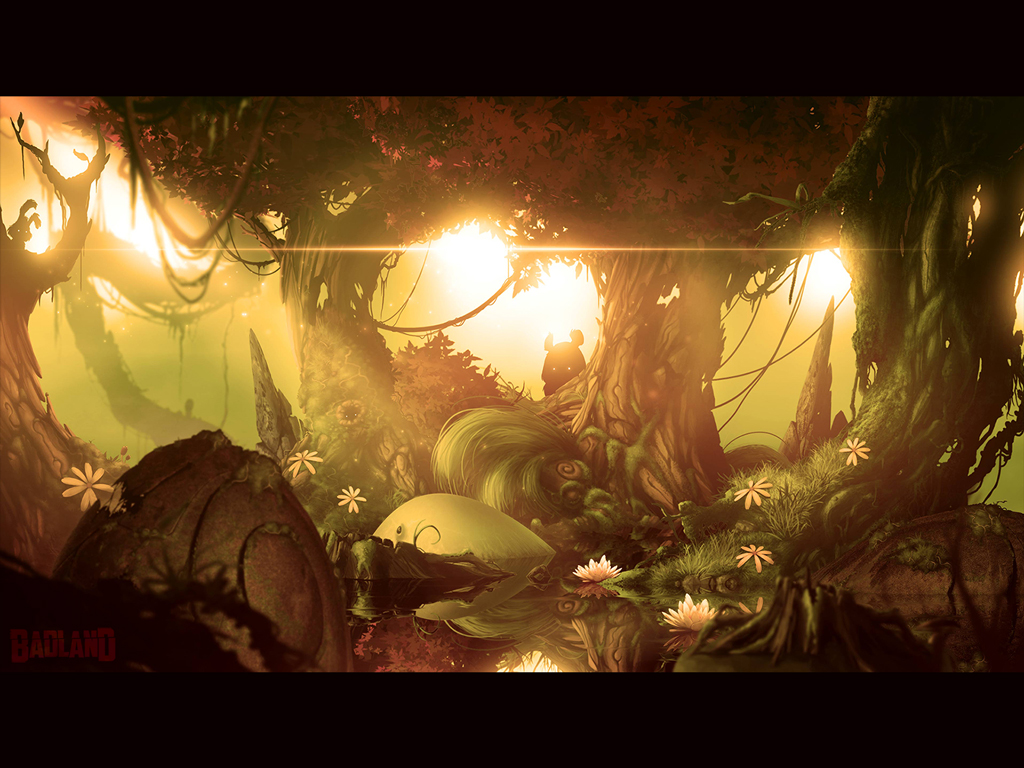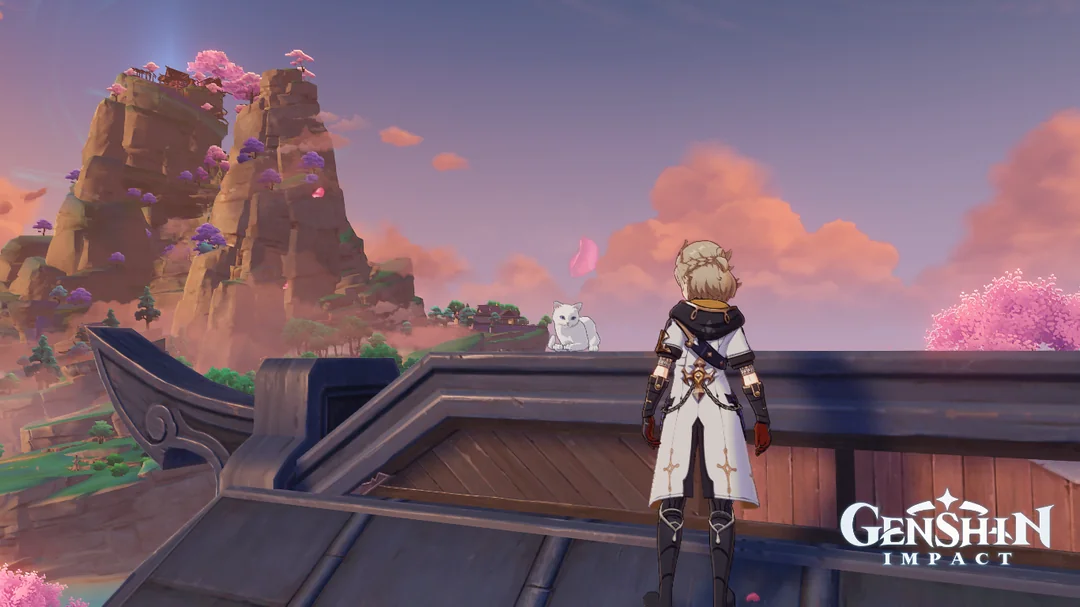TL; DR: Uncover the pivotal role of art rendering in mobile gaming. From translating code into immersive visuals to its strategic impact on player engagement, this blog delves into the behind-the-scenes alchemy. Learn how top-notch rendering enhances user experiences, ensures smooth gameplay, and serves as a strategic investment for long-term success in the gaming industry.
Imagine stepping into a lush, mysterious forest in a mobile game. The vibrant leaves rustle in the wind, casting intricate shadows that dance on the forest floor. The light filters through the trees, creating a surreal, almost ethereal atmosphere. You can almost smell the moss and hear the distant chirping of birds…
That, my friends, is the magic of art rendering.

Art rendering is the process of translating raw game data into stunning, visually immersive environments. This behind-the-scenes magic involves adding all the colors, textures, shadows, and special effects that make the game world look realistic and captivating.
Think of it as the difference between a plain drawing and a masterpiece. Art rendering is what transforms a game from a bunch of numbers and shapes into a stunning adventure that you can dive into and enjoy.
The lasting appeal and success of mobile games depends on art rendering quality to not only attract players but also retain them. A game with fantastic art not only generates buzz but also fosters player loyalty and builds a strong brand reputation. This, in turn, ensures long-term success in the competitive gaming industry.
This often-overlooked aspect plays a pivotal role in shaping the player experience. In this blog post, we’ll explore the world of art rendering and why it is essential for professionals in the gaming industry to proactively involve exceptional artists in their project planning, rather than treating it as a secondary consideration.



